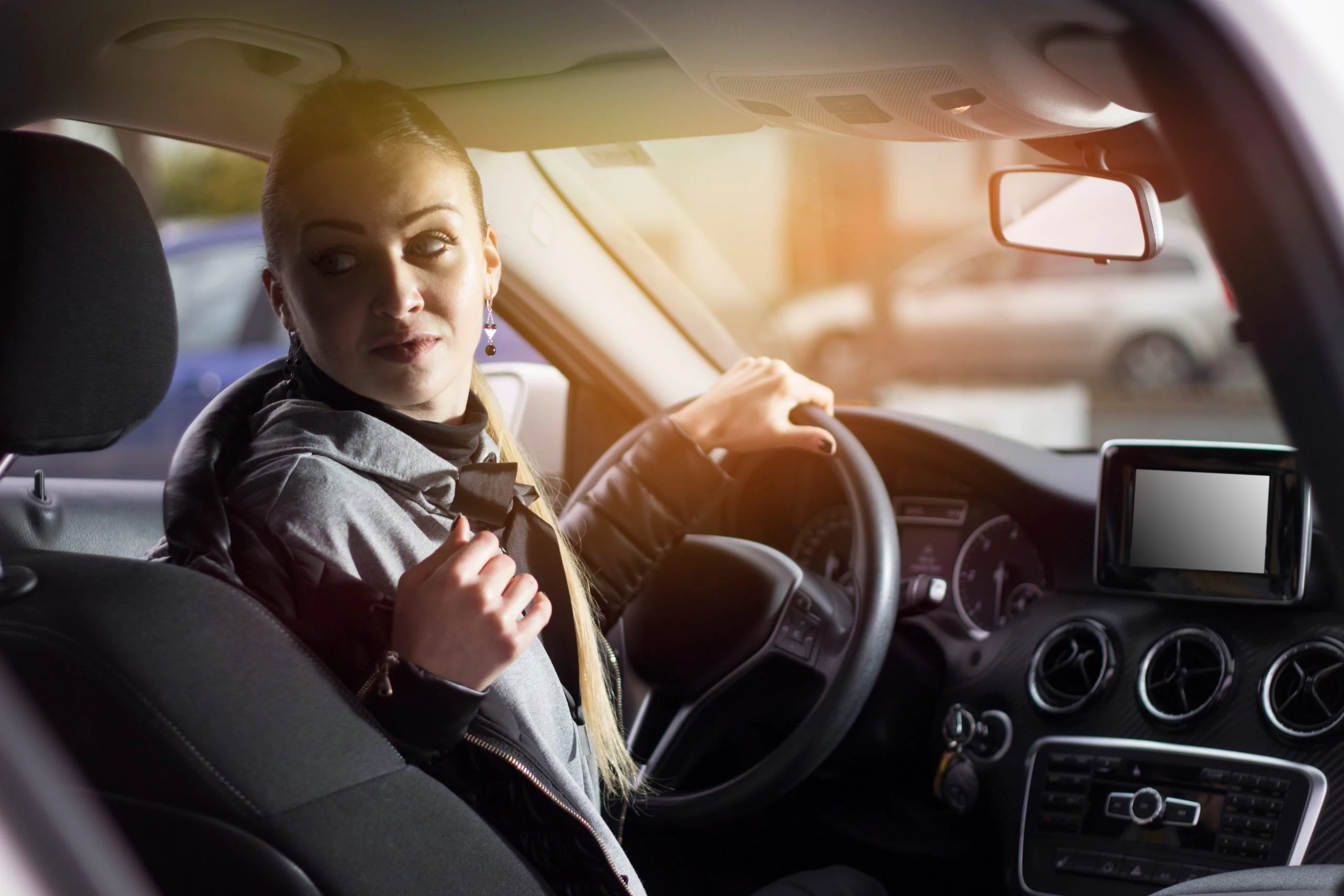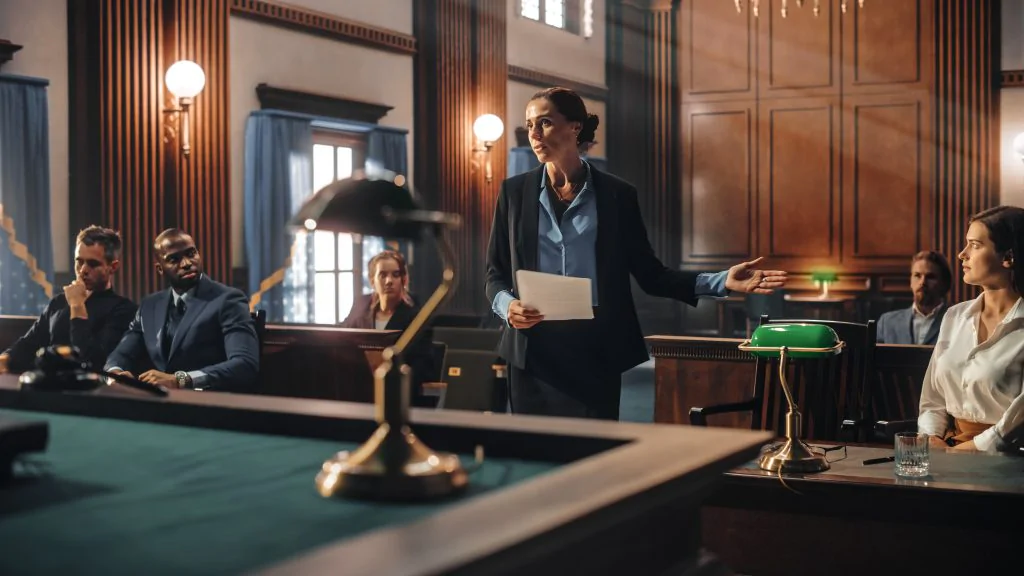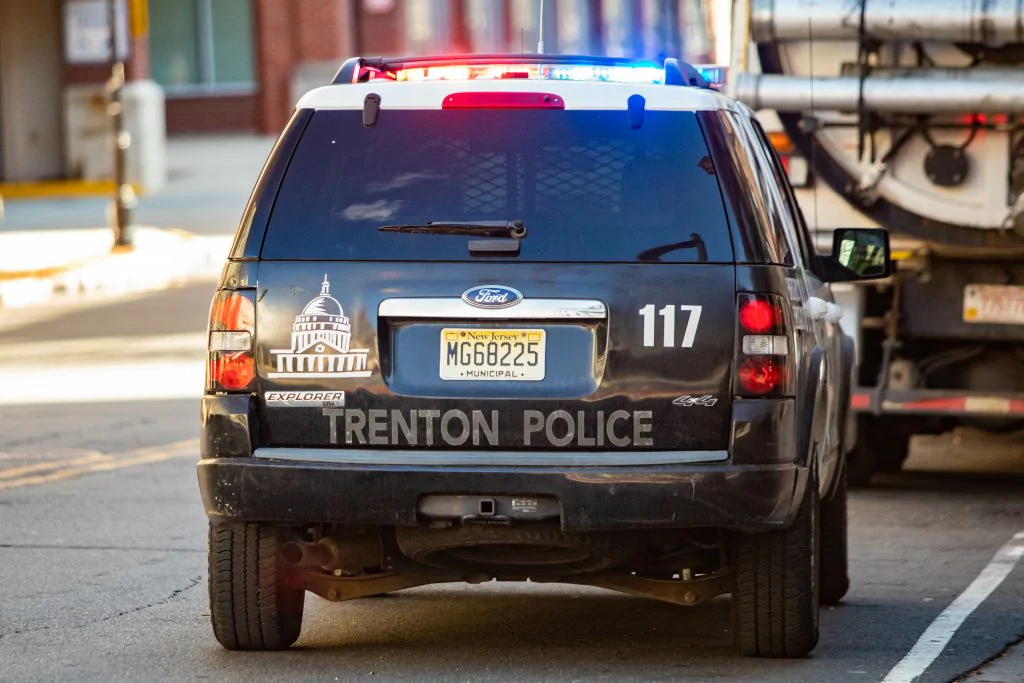Many variables can complicate the issue of determining who is at fault in a car accident where one driver backs into another. For example, did the crash happen on a road, or in a driveway or parking lot? The determination of fault will vary for each setting, but generally the driver of the car in motion will be the one responsible, not the parked car. Two more complicated scenarios are:
- When two cars back into each other
- When a car backs into a moving vehicle.
Read on to learn the most likely outcomes of determining liability in different kinds of rear-end accident scenarios. And, learn the amount that each party will be required to pay in court.
Backing Up In a Parking Lot
Parking lots and parking garages are hot spots for car accidents, especially those involving vehicles backing up. According to EHS Today, a publication for safety professionals, more than 50,000 accidents happen annually in parking lots and parking garages. Each year, as many as 500 deaths and 60,000 injuries occur in parking lots and parking garages across the US due to car collisions.
The majority of these accidents include drivers who were backing up at the moment of impact, according to the National Safety Council (NSC). The NSC delved into government data and found that nine percent of all pedestrian deaths in parking lots are the result of someone backing up. They also report that most drivers (66% percent) involved in parking lot accidents nationwide were distracted by cellphones.
Who Has the Right of Way In a Parking Lot?
With many vehicles coming and going in a parking lot, there is sometimes the occasion of simultaneous backup accidents. This is when two cars back up simultaneously and strike each other.
The right-of-way for cars backing up typically goes to the driver who started leaving his or her space first. Too often, drivers fail to notice that someone is already backing up. They back up before the first driver has fully left their space and cleared the way. As a result, they could be held liable for the subsequent crash.
Sometimes it’s impossible to tell who was backing up first when there’s a parking lane collision. In these instances, the ultimate determination may rest with law enforcement and the respective drivers’ insurers. Cameras installed in parking lot lighting fixtures and outside nearby storefronts are often referred to by car accident victims and attorneys in order to prove fault.
Backing Out From a Driveway
Backing out from a driveway onto a busy road or residential street can be a risky operation if proper precautions aren’t made. Even though all new cars now require backup cameras to be installed as of 2018, poor visibility and judgement can still result in collisions.
Drivers should be aware that in the State of New York, the right-of-way belongs to the vehicles already on the roadway. The right-of-way does not belong to the vehicle that is backing up.
According to the New York Safety Council, any vehicle entering a roadway from a driveway, alley, private road, or any other place that is not a roadway, must stop and yield the right-of-way to traffic and to pedestrians. That applies to any vehicle exiting a driveway, whether straight on or in reverse.
However, there may be some wriggle room considering that both vehicles were moving at the time of the crash. In other words, there can be a shared element of blame.
One factor to consider is whether the car backing up had already left the driveway when another car crossed behind it at a high speed. Perhaps this speeding vehicle is the one that made initial impact by hitting the side of a car whose driver was attempting to back up. It’s best not to automatically assume blame.
Backing Up into a Parked Car
Generally, the driver who backs up into a parked car or some other stationary object is a fault. This is the case regardless of whether the car is parked in front of the motorist’s driveway, or if darkness or bad weather impairs visibility.
If the accident is minor, it’s never a good idea to just drive away. There can be legal consequences no matter how trivial the damage may seem, and if the driver of the impacted car discovers that you drove away from the accident, this could hurt your position if your case goes to trial. With parking lot cameras most everywhere today, there’s no anonymity. Leaving the scene of a parking lot accident can result in police charges.
Backing Up on a Roadway
Sometimes a driver may back up to parallel park or avoid danger (maybe the road has washed out ahead). But in general, backing up on a roadway (perhaps after missing an exit) runs the risk of endangering others.
New York law restricts backing-up when done in an unsafe manner. For instance, it is illegal to back up on a highway or the shoulder of a highway.
If backing up on a highway leads to an accident, the driver traveling in reverse is likely to take a good measure of the blame.
It may even be considered reckless driving, which is a misdemeanor offense. Reckless driving is operating a vehicle so that it unreasonably interferes with the use of a public highway.
Backing up in violation of the law carries a $200 fine. This is the case whether backing up on a highway or unsafe backing in general. These are two separate offenses.
If someone is ticketed for backing up in violation of the law, that’s a strong indication that the accident was their fault.
Backing Up on a Driveway
Sometimes the road trip hasn’t even left Point A when an accident occurs. It’s not uncommon for drivers to back into a parked vehicle in a driveway, even their own.
Who is at fault in a driveway accident? Typically, the driver who backed into the parked car is found to be at fault for the collision.
When such an accident happens, the driver should report the incident to his insurance company as with any other crash. The insurance company will assess damages, but the at-fault driver is not likely to receive compensation unless they have collision coverage. With a high deductible and minor damage, the driver may not see any payout at all.
In the unlikely event that two vehicles collide in a driveway, responsibility for the crash may be shared depending on the circumstances. This is the case regardless of whether one of those cars was backing up at the time.
Don’t Blame the Car
Today technology has taken the pressure off more difficult procedures like parallel parking. But that doesn’t mean a driver is free from fault. If an accident occurs while parallel parking, according to the New York Department of Motor Vehicles, the driver can be held responsible.
Backup cameras and range-detecting sensors may take some of the pressure off parking, but the driver is ultimately responsible for the safe operation of their vehicle.
The National Safety Council (NSC) also stresses that improper use of technology can lead to accidents. While the backup camera provides a wide view of what’s behind, the camera lens can become obstructed. A driver still needs to glance over their shoulder and use their mirrors, reports NSC.
Similarly, devices that alert the driver to vehicles in blind spots are designed to help prevent crashes. Yet they may fall short when it comes to detecting motorcycles, pedestrians, and smaller objects.
As always, the driver is responsible for making sure the way is clear—with or without technology. Take precaution before backing up by taking a quick walk around the vehicle to check for any obstructions.
Who Pays in a No-Fault Accident?
When it comes to backup accidents or any others, New York is a no-fault state. In a no-fault state, it is not always necessary to determine who is to blame for an accident.
No-fault insurance is also known as Personal Injury Protection (PIP). This is designed to promptly pay out on economic losses related to injury up to $50,000 per person. The award applies to the driver as well as any passengers in his car.
When economic losses, including lost wages and medical/health expenses, exceed $50,000, no-fault insurance will not make up the difference. In these cases, accident victims may take their case to court in hopes of gaining an award commensurate with their pain, suffering, and other damages.
Contact New York Accident Attorneys Today
When a back-up accident causes injury, it’s always best to ask for help. Sobo & Sobo, a New York-based personal injury law firm, has over 50 years of experience winning compensation for all kinds of back-up accident cases. Any injury can mean a major economic setback. But with Sobo & Sobo handling the case, victims can receive compensation that will go a long way toward financial recovery from medical costs, time spent out of work, and other damages, pain and suffering. Reach out today for a free consultation.




